The top 10 cultural relics of Haihunhou ruins in Nanchang city were revealed recently, with Emperor Liu He's jade seal, chime and gold wares being selected.
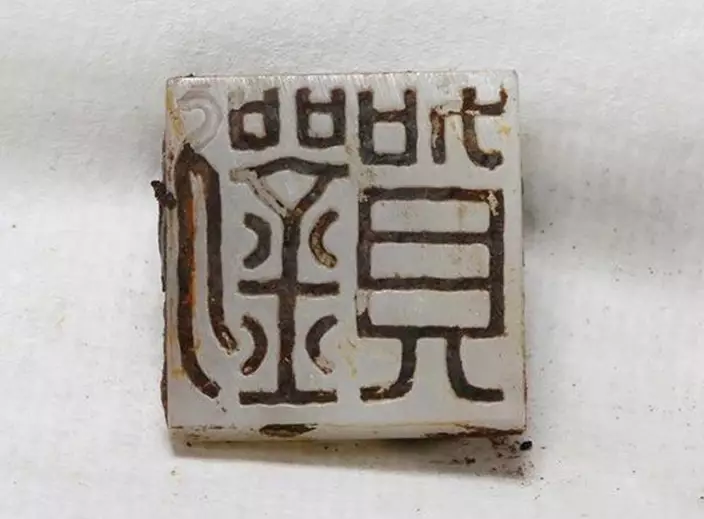
The jade seal that belonged to Liu He. (Photo/Xinhua)
The 2,000-year-old tomb of Haihunhou (the Marquis of Haihun), is the most complete Western Han Dynasty (206 BC - 25 AD) cemetery ever found.
The owner of the main tomb, Liu He, was the grandson of Emperor Wu. The emperor was the greatest ruler of the Han Dynasty, which was one of the most prosperous periods in China's history. Liu was given the title "Haihunhou" (Marquis of Haihun) after he was deposed as emperor after only 27 days, dethroned by the royal clan because of his lack of talent and morals. Haihun is the ancient name of a very small kingdom to the north of Jiangxi.
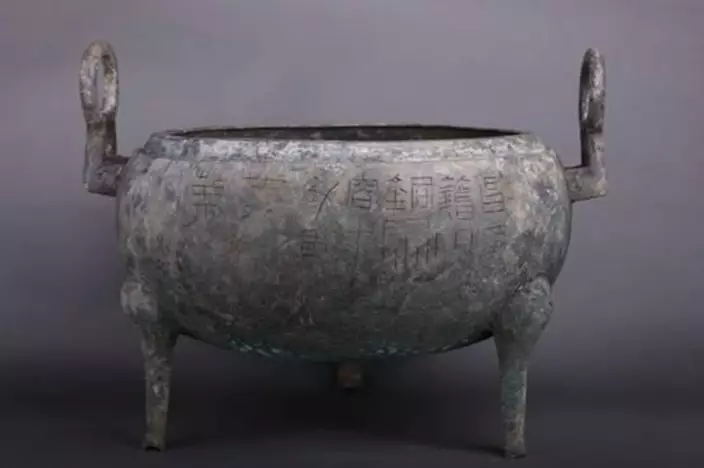
"Changyijietian" bronze ding (a cooking vessel) unearthed from the Haihunhou tomb. (Photo provided to chinadaily.com.cn)
Archaeological activities at the cemetery, located near Nanchang, capital of Jiangxi province, started in 2011. About 10,000 cultural relics, including gold, bronze and jade artifacts, have been unearthed so far.
Yang Jun, head of the archaeological team of Haihunhou ruins announced the selected top 10 cultural relics, including jade seal of Liu He, jade accessory of mythical creature, chimes, dressing mirror frame with images of Confucius, bamboo slips, gold wares, silver danglu (a kind of chariot and horse implement), silver-rimmed gold-gilded lacquer box, "Changyijietian" bronze ding (a cooking vessel) and inscribed wooden tablet.

A jade accessory of mythical creature unearthed from the Haihunhou tomb. (Photo provided to chinadaily.com.cn)
The selection activity was co-hosted by the Jiangxi Provincial Institute of Cultural Relics and Archaeology, Jiangxi Provincial Museum and Haihunhou Site Museum.
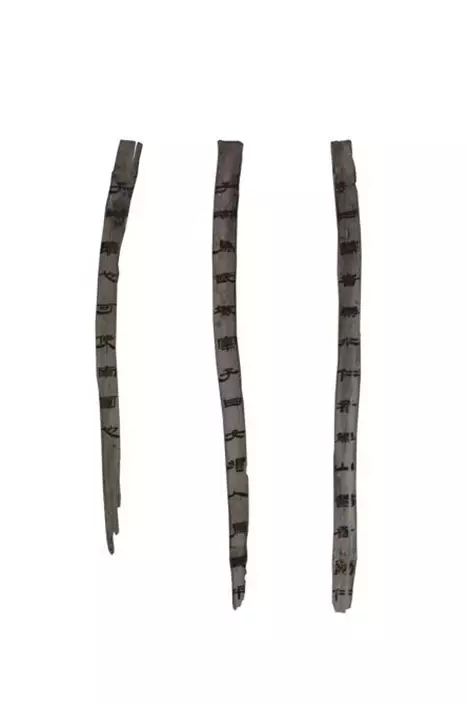
Bamboo slips unearthed from the Haihunhou tomb. (Photo provided to chinadaily.com.cn)
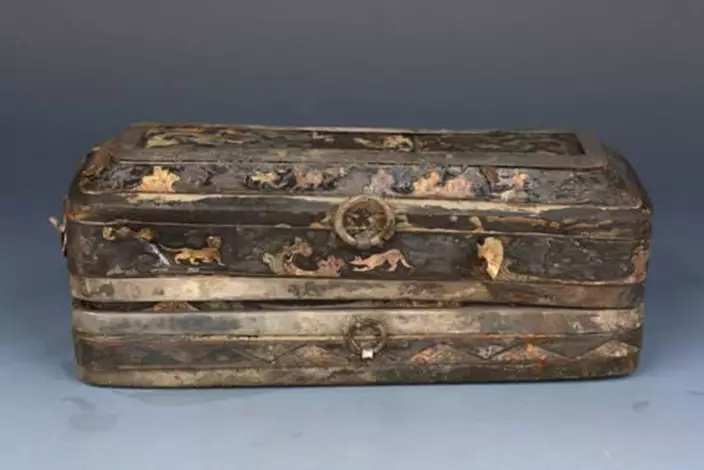
A silver-rimmed gold-gilded lacquer box unearthed from the Haihunhou tomb. (Photo provided to chinadaily.com.cn)
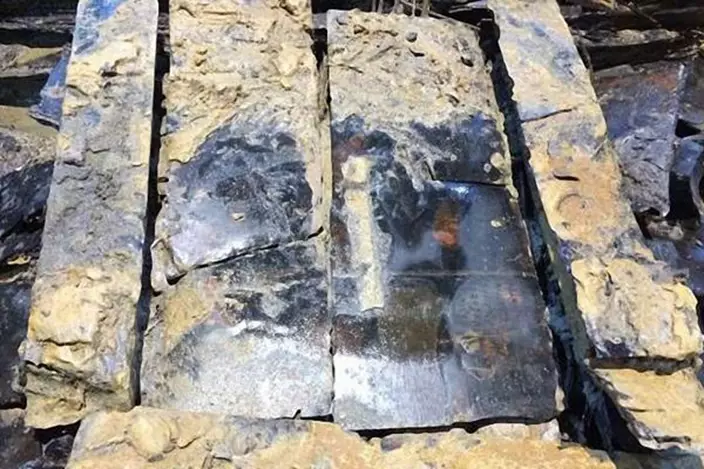
A polished bronze mirror unearthed from Haihunhou tomb was found bearing the earliest known image of Confucius. (Photo provided to chinadaily.com.cn)

A kind of gold cake unearthed from the Haihunhou tomb. (Photo provided to chinadaily.com.cn)
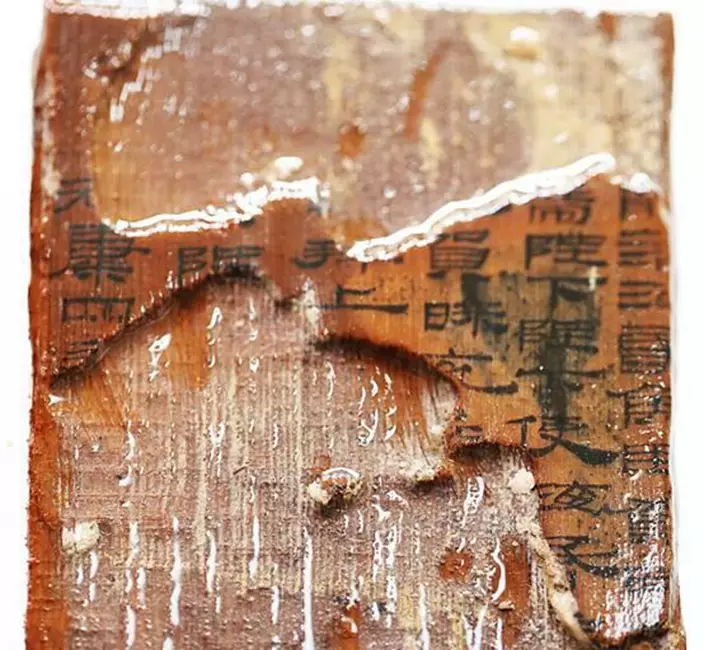
Inscribed wooden tablets, which are regarded as the oldest original copies of senior official documents in Han Dynasty (BC 206-AD 220), were found at the Haihunhou tomb. (Photo provided to chinadaily.com.cn)
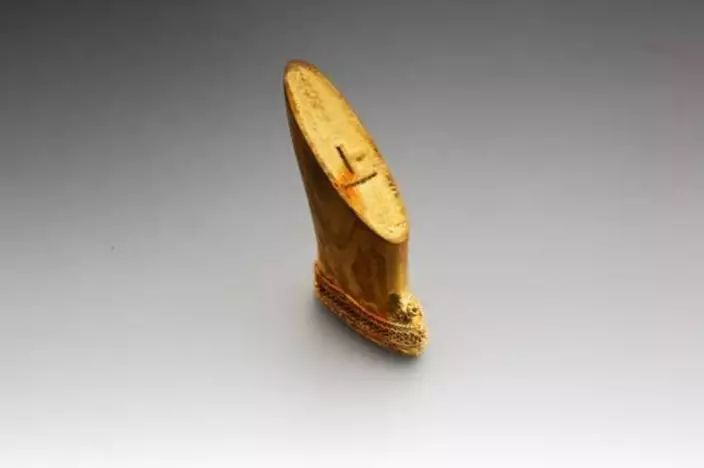
A kind of gold cake unearthed from the Haihunhou tomb. (Photo provided to chinadaily.com.cn)

Chimes unearthed from the Haihunhou tomb. (Photo provided to chinadaily.com.cn)
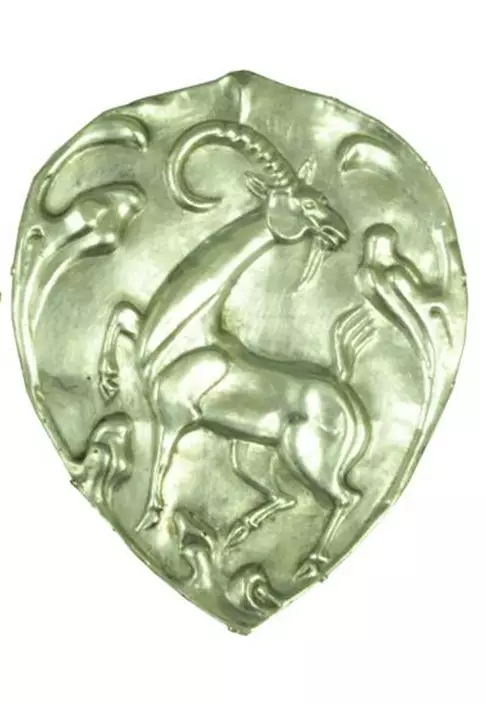
A silver danglu (a kind of chariot and horse implement) unearthed from the Haihunhou tomb. (Photo provided to chinadaily.com.cn)
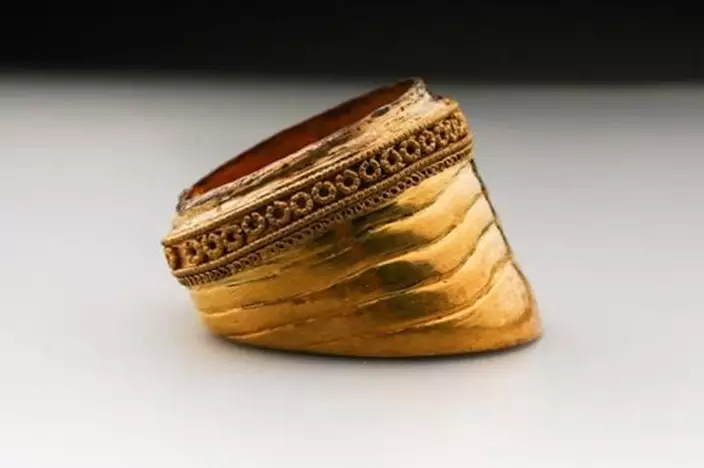
A hoof-shaped gold ingot unearthed from the Haihunhou tomb. (Photo provided to chinadaily.com.cn)


